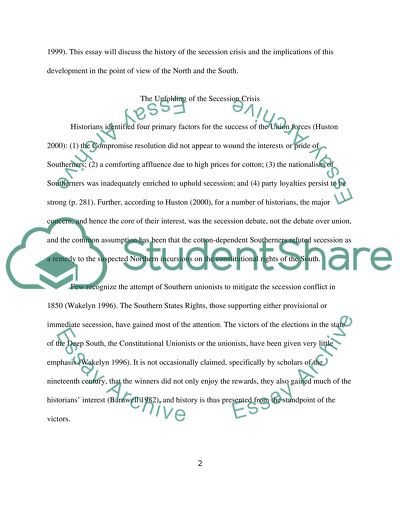Cite this document
(“The history and perceptions of the secession crisis Research Paper”, n.d.)
Retrieved from https://studentshare.org/history/1414417-the-history-and-perceptions-of-the-secession-crisis
Retrieved from https://studentshare.org/history/1414417-the-history-and-perceptions-of-the-secession-crisis
(The History and Perceptions of the Secession Crisis Research Paper)
https://studentshare.org/history/1414417-the-history-and-perceptions-of-the-secession-crisis.
https://studentshare.org/history/1414417-the-history-and-perceptions-of-the-secession-crisis.
“The History and Perceptions of the Secession Crisis Research Paper”, n.d. https://studentshare.org/history/1414417-the-history-and-perceptions-of-the-secession-crisis.


